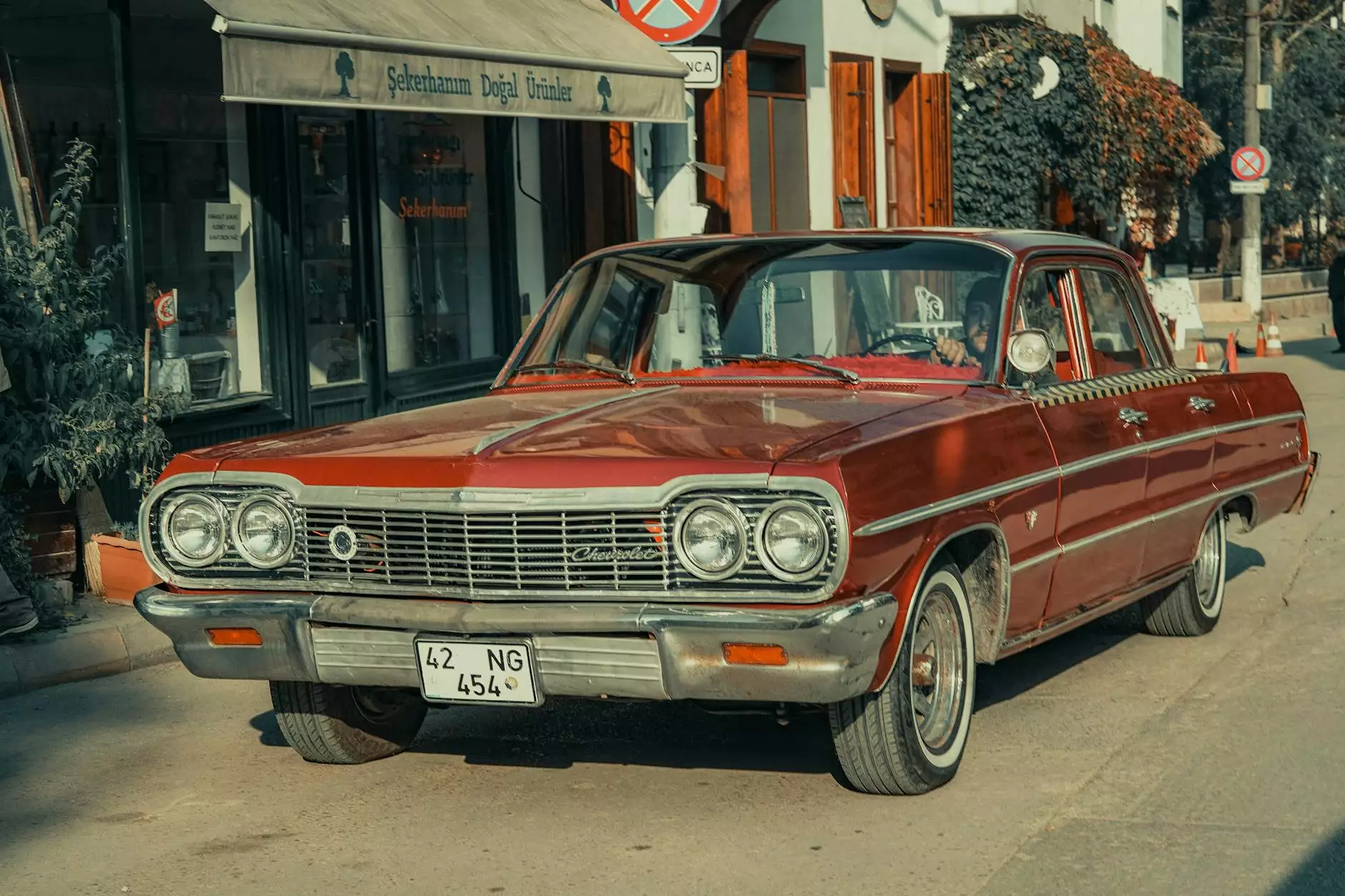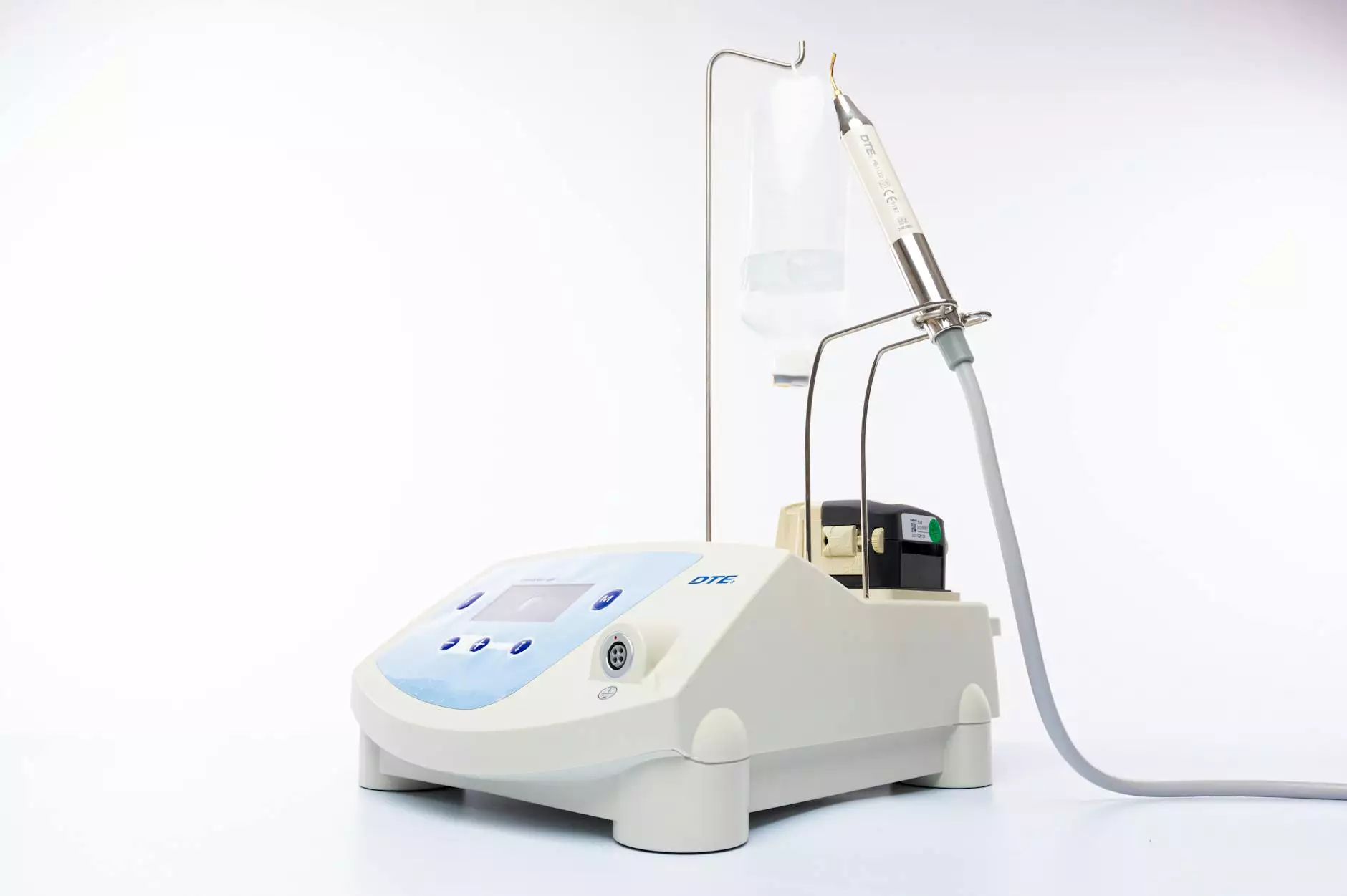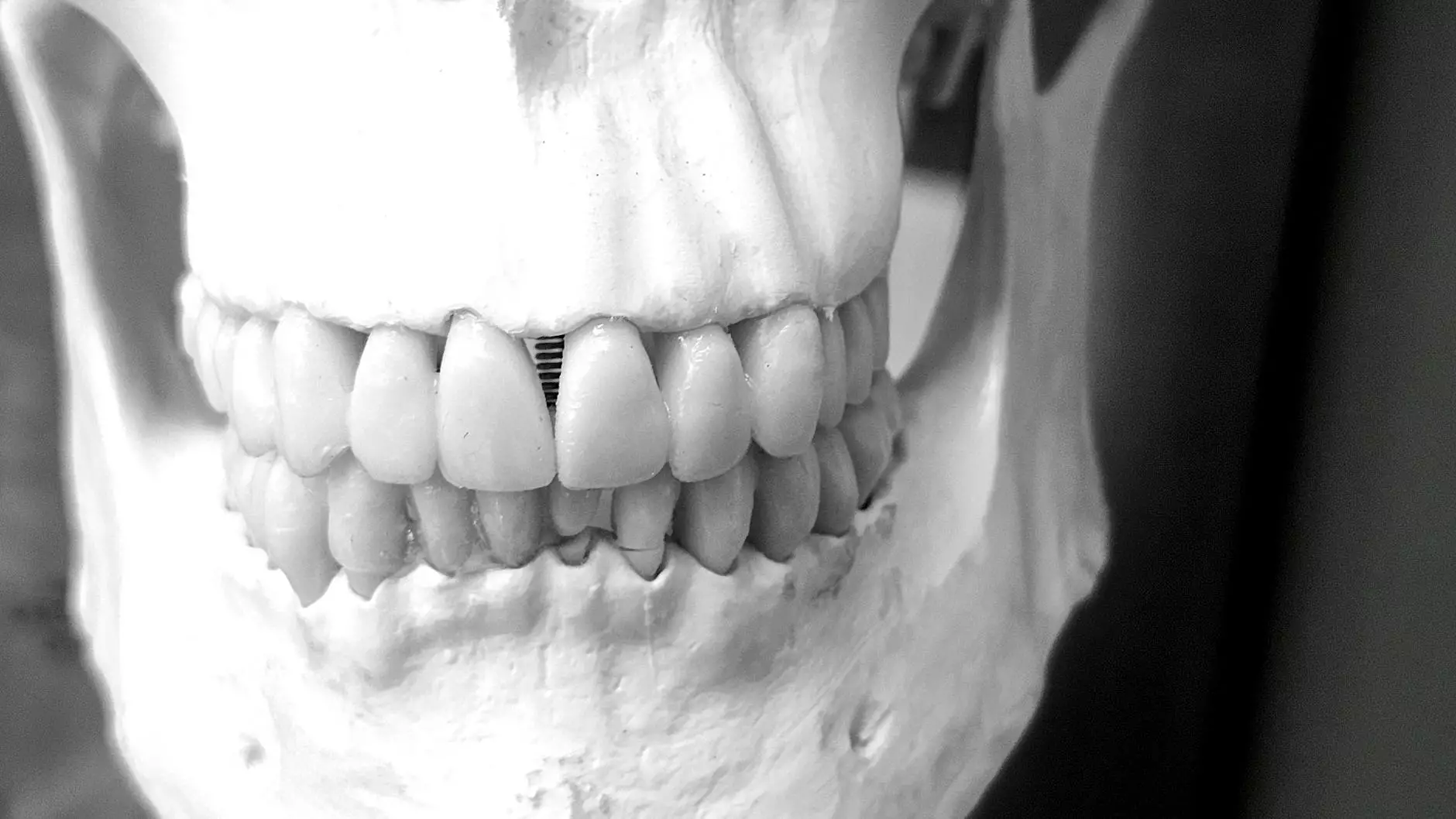Understanding How Portable Oxygen Concentrators Work

In today’s fast-paced world, maintaining health and wellness can sometimes feel overwhelming, especially for individuals with respiratory conditions. The portable oxygen concentrator (POC) has emerged as a revolutionary solution that allows individuals to maintain their independence while receiving the vital oxygen they need. This article delves into how portable oxygen concentrators work, their features, benefits, and why they are an essential tool for those requiring supplemental oxygen.
What Is a Portable Oxygen Concentrator?
A portable oxygen concentrator is a medical device that provides oxygen therapy to individuals who need supplemental oxygen due to respiratory conditions such as COPD, asthma, or other chronic illnesses. Unlike traditional oxygen tanks, which store oxygen in high-pressure containers, POCs extract oxygen from the atmosphere and concentrate it for medical use. This means that users can enjoy a constant supply of oxygen without the burdensome weight or restrictions of bulky tanks.
How Do Portable Oxygen Concentrators Work?
The Science Behind Oxygen Concentration
Understanding how portable oxygen concentrators work involves a few key scientific principles. At the heart of a POC is a process called pressure swing adsorption (PSA). Here’s a breakdown of this process:
- Intake of Air: The device pulls in ambient air from the environment, which is composed of approximately 78% nitrogen and 21% oxygen.
- Filtration: The air enters the concentrator and passes through a filter to remove dust, allergens, and other particulates.
- Oxygen Separation: The filtered air is then compressed, and the nitrogen is separated from the oxygen using zeolite crystals. These crystals preferentially absorb nitrogen molecules, allowing purified oxygen to flow through.
- Delivery of Oxygen: The concentrated oxygen is delivered through a nasal cannula or mask to the patient, providing a continuous supply of oxygen.
Key Features of Portable Oxygen Concentrators
When considering a portable oxygen concentrator, it’s crucial to understand the various features that distinguish one model from another. Here are some key features to look for:
- Portability: Many POCs are lightweight and designed for easy transport. This portability allows users to carry their devices during travel or daily activities.
- Battery Life: Look for models that offer extended battery life. Some POCs come with dual batteries, allowing for even longer usage times without needing to recharge.
- Noise Levels: Modern POCs are designed to operate quietly, enabling users to use them in social settings without drawing attention or causing discomfort.
- Adjustable Flow Rates: Many portable oxygen concentrators have adjustable flow settings to cater to the specific needs of the user, ensuring they receive the right amount of oxygen at all times.
- Ease of Use: A user-friendly interface is vital. Look for devices with intuitive controls and clear displays for monitoring oxygen levels and battery status.
Benefits of Using a Portable Oxygen Concentrator
For individuals requiring supplemental oxygen therapy, a POC offers numerous benefits:
- Improved Quality of Life: With POCs, patients can engage in daily activities and social events without the limitation of traditional oxygen tanks.
- Increased Mobility: The lightweight and compact nature of POCs allows users to travel with ease, whether it be for vacations or simple outings.
- Continuous Supply of Oxygen: Unlike tanks that can run out of oxygen, POCs provide a constant flow, ensuring patients never face an oxygen shortage.
- Cost-effective: Over time, using a portable oxygen concentrator can save money compared to purchasing tanks, as they do not require regular refills.
Choosing the Right Portable Oxygen Concentrator
With a variety of models available, selecting the right portable oxygen concentrator can be a daunting task. Here are some essential considerations:
- Oxygen Needs: Consult with a healthcare provider to determine the required flow rate and oxygen concentration needed for your specific condition.
- Usage Environment: Consider where you will be using your POC most frequently. If you travel a lot, choose a more lightweight model with long battery life.
- Warranty and Support: Check the warranty period and what support is provided by the manufacturer, ensuring you will have assistance if any issues arise.
- Research and Reviews: Take the time to read customer reviews and experiences about different models to find a POC that fits your lifestyle and needs.
Maintaining Your Portable Oxygen Concentrator
To ensure optimal performance and longevity of your portable oxygen concentrator, regular maintenance is essential. Here are some maintenance tips:
- Keep it Clean: Regularly clean the filters according to the manufacturer's recommendations to ensure efficient operation.
- Check for Updates: Occasionally, manufacturers may release firmware updates for your device. Stay informed about any updates that may enhance performance.
- Monitor Performance: Regularly check the device's performance indicators and battery health to avoid unexpected downtimes.
- Store Properly: When not in use, store the POC in a cool, dry place, avoiding direct sunlight and extreme temperatures.
Conclusion
Portable oxygen concentrators are a game-changer for individuals requiring oxygen therapy. Their innovative technology simplifies the oxygen supply process, offering improved quality of life and enhanced mobility. By understanding how portable oxygen concentrators work, their features, and maintenance tips, users can make informed decisions about their health care. As these devices continue to evolve, they promise to offer even greater freedom and independence for those with respiratory conditions.
Explore More on Raaroxy
To discover high-quality portable oxygen concentrators and accessories, visit raaroxy.com. Our user-friendly platform offers a range of products tailored to your home health care needs, ensuring that you or your loved ones can breathe easier every day.









